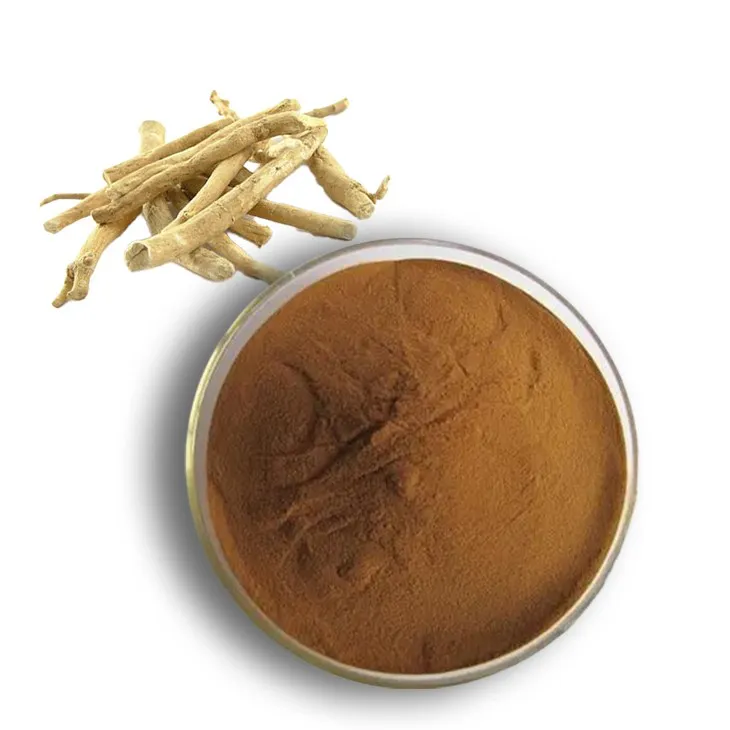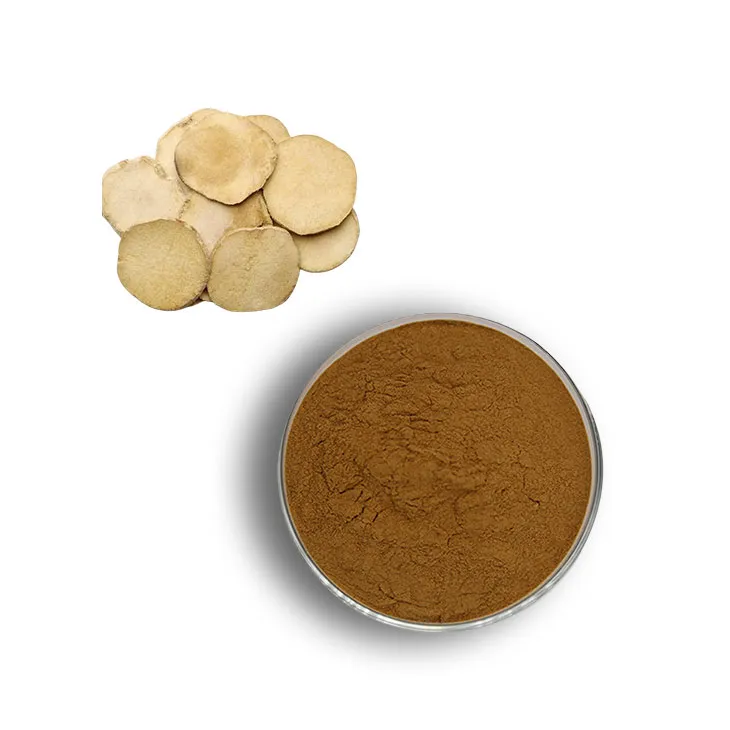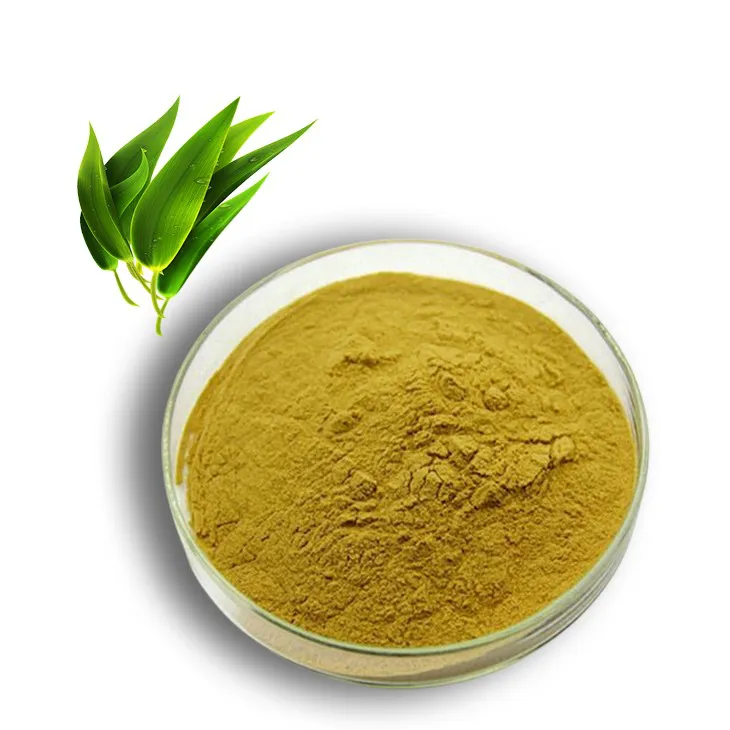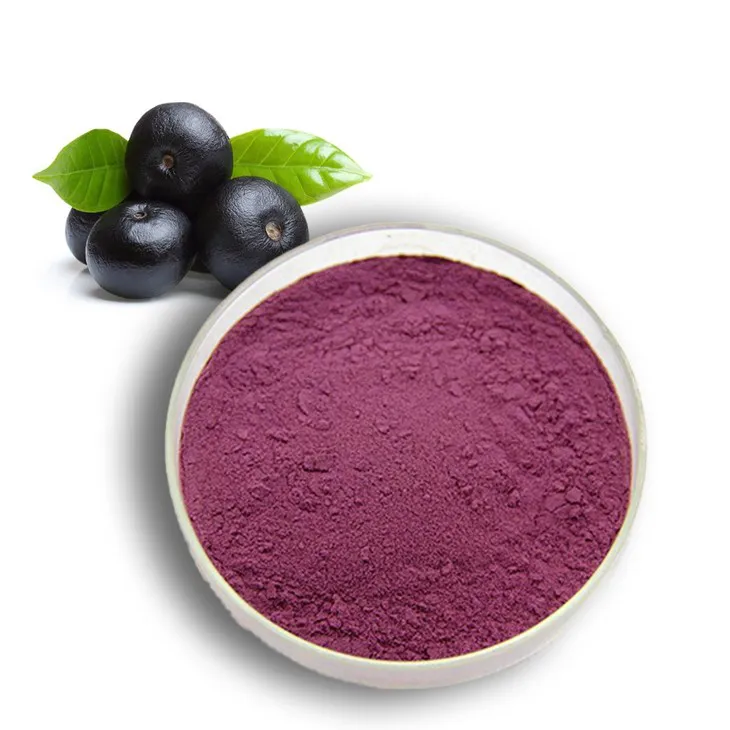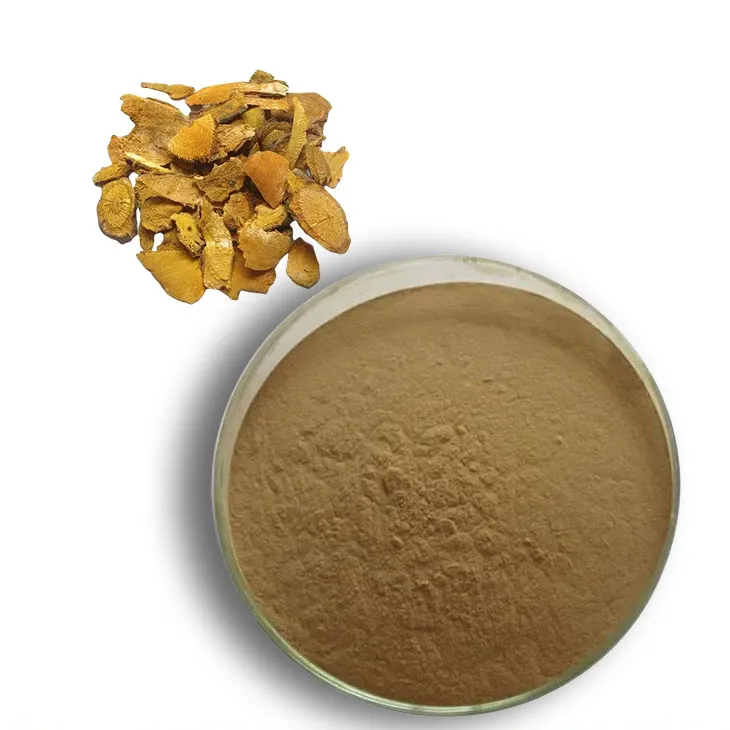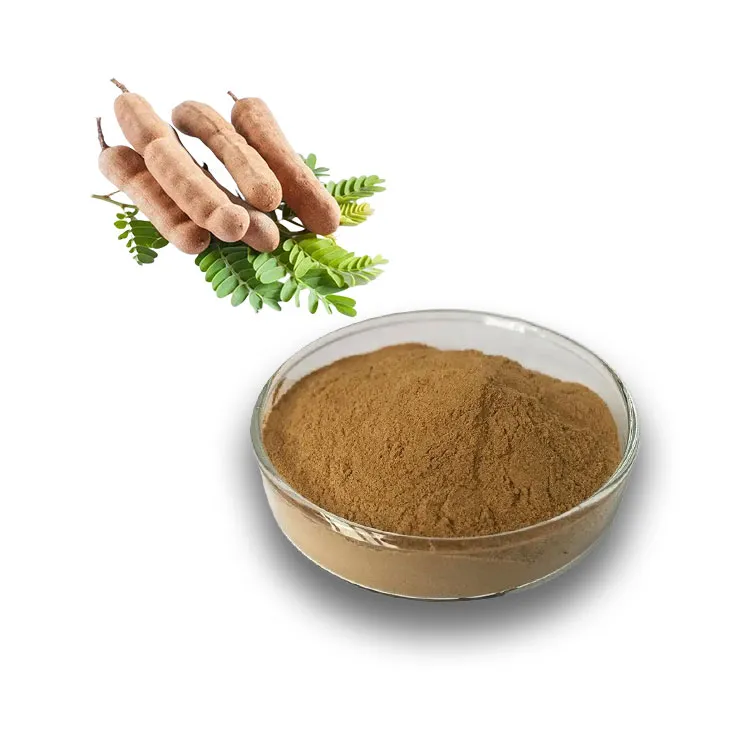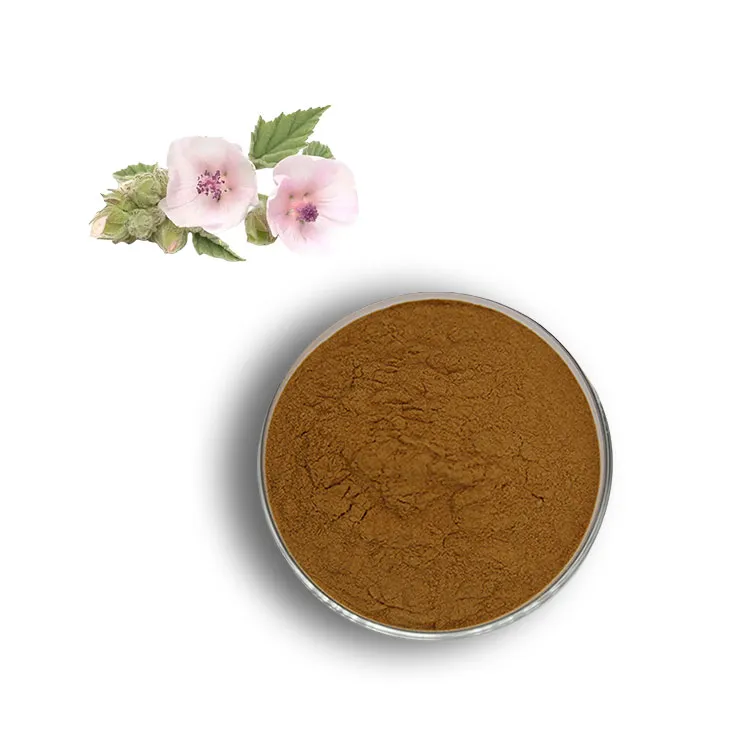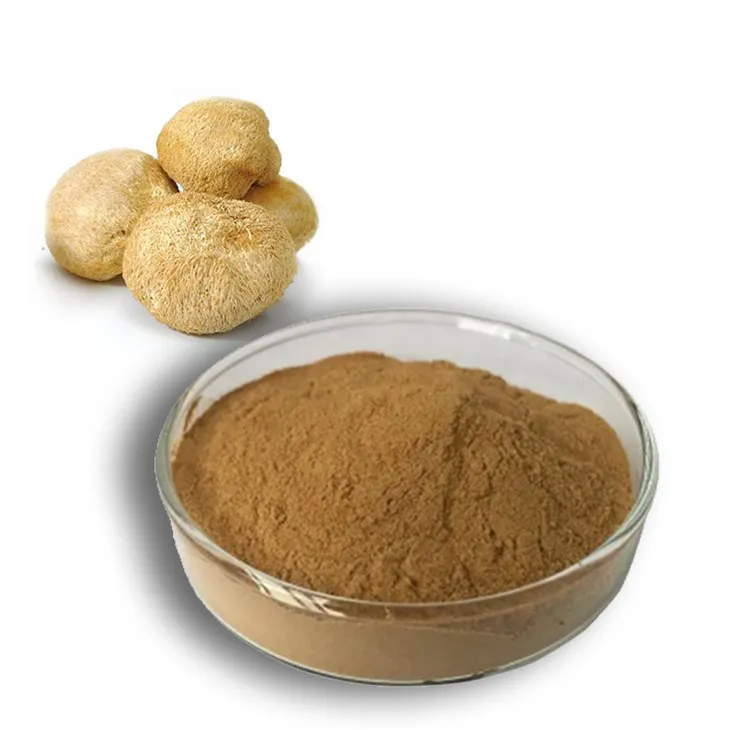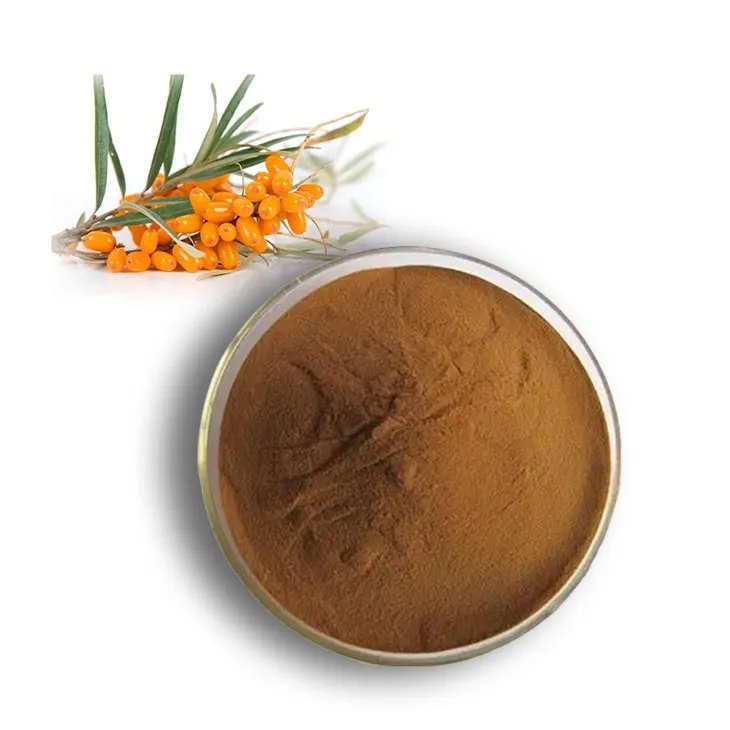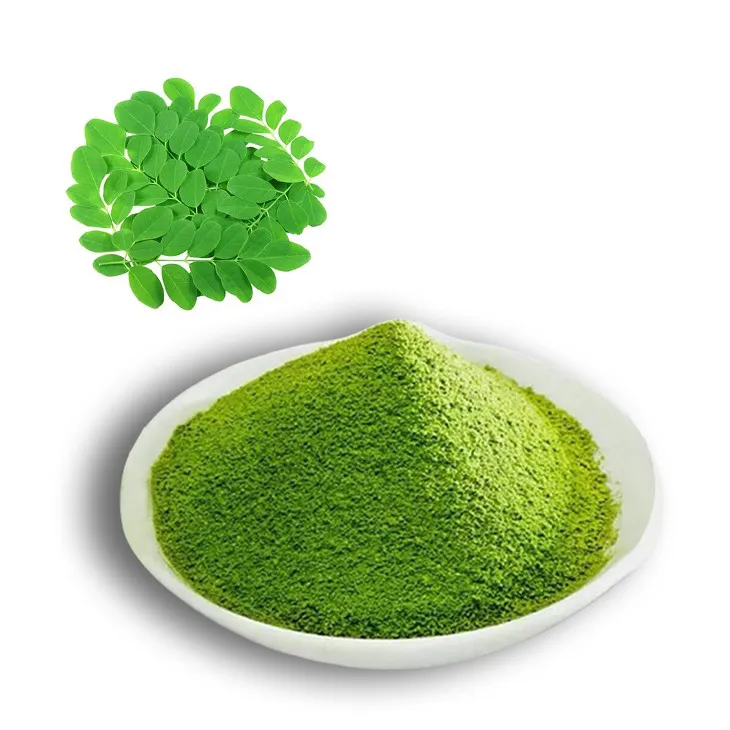- 0086-571-85302990
- sales@greenskybio.com
What is red rice yeast good for?
2025-07-08
Red rice yeast, a traditional Chinese medicine dating back centuries, has garnered attention in modern health discussions due to its potential benefits and role in managing cholesterol levels. This natural supplement is derived from fermenting a strain of yeast, Monascus purpureus, over red rice, producing a compound that has been used both as a traditional remedy and as a natural food coloring and preservative.
Historical and Cultural Uses
Historically, red rice yeast has been used in Asian countries not only for its medicinal properties but also as a culinary staple. Known as "Hong Qu" in Chinese medicine, it has been valued for promoting digestion and improving circulation. Its vibrant red hue has made it popular as a food coloring, while its preservative qualities have been utilized in food production, including in the fermentation of traditional rice wine.
Nutritional Profile
One of the primary components of red rice yeast is monacolin K, a naturally occurring compound identical to lovastatin, a prescription statin. This similarity allows red rice yeast to influence cholesterol levels, making it a natural alternative for those seeking to manage their cholesterol intake without pharmaceuticals. Aside from this, red rice yeast contains other bioactive substances, including sterols, isoflavones, and monounsaturated fatty acids that contribute to its health benefits.
Cholesterol Management
The most researched benefit of red rice yeast is its effect on cholesterol levels. Numerous studies have shown that red rice yeast can significantly lower LDL (low-density lipoprotein), often referred to as "bad" cholesterol, while increasing HDL (high-density lipoprotein), the "good" cholesterol. Its mechanism action involves inhibiting the enzyme HMG-CoA reductase, akin to how statin drugs work, thereby reducing the production of cholesterol in the liver.
In a 2010 study published in the "Journal of Clinical Lipidology," red rice yeast was found to reduce LDL cholesterol by an average of 20-30% in participants, comparable to low-dose statin medication. This makes red rice yeast a viable option for individuals with mild to moderate hypercholesterolemia who are at risk of cardiovascular disease.
Cardiovascular Health
Beyond managing cholesterol, red rice yeast may have broader implications for cardiovascular health. Its ability to reduce cholesterol contributes to decreasing the risk of atherosclerosis—a condition characterized by the hardening and narrowing of the arteries due to plaque buildup. This, in turn, lowers the risk of heart attack and stroke.
Additionally, red rice yeast's antioxidant properties help combat oxidative stress and inflammation, both of which are contributors to heart disease. By reducing oxidative damage and inflammatory responses, red rice yeast supports overall cardiovascular function and health.
Metabolic Syndrome and Obesity
Emerging research suggests that red rice yeast may also play a role in managing components of metabolic syndrome—a cluster of conditions including elevated blood pressure, high blood sugar levels, excess body fat around the waist, and abnormal cholesterol levels. By improving lipid profiles and supporting weight management, red rice yeast could be an adjunct treatment for reducing risks associated with metabolic disorders.
Potential Anti-Inflammatory Effects
Inflammation is a root cause of many chronic diseases, including arthritis, diabetes, and heart disease. The range of bioactive compounds in red rice yeast may offer anti-inflammatory properties, helping to alleviate symptoms and progression of inflammatory conditions. However, more research is needed to fully understand its impact on chronic inflammation.
Safety and Considerations
Despite its benefits, red rice yeast is not without potential side and considerations. Its statin-like effects mean it can potentially cause similar side effects, such as muscle pain, liver damage, and digestive problems. Therefore, it's crucial for individuals to consult healthcare providers before starting red rice yeast, especially those who are already onin medications or have health concerns.
Furthermore, the quality and potency of red rice yeast supplements can vary significantly between products. Since the FDA does not regulate supplements as strictly as pharmaceuticals, there have been instances of variability monacolin K content, leading to inconsistent results and safety profiles. Consumers should look for reputable brands that provide third-party testing and clear labeling of monacolin K concentrations.
Conclusion
Red rice yeast offers intriguing blend of historical use and modern benefits, primarily in its role in management and cardiovascular health. As a natural alternative to statins, it can be an effective supplement for individuals at risk of heart disease or those seeking natural remedies. However, its similarities to statins necessitate careful consideration and consultation with a healthcare provider to ensure safe and effective use.
As research continues to evolve, red rice yeast a fascinating example of how ancient remedies can find relevance contemporary health practices, offering a potential bridge between traditional and modern medicine in the quest for better health outcomes.
- ▶ Hesperidin
- ▶ Citrus Bioflavonoids
- ▶ Plant Extract
- ▶ lycopene
- ▶ Diosmin
- ▶ Grape seed extract
- ▶ Sea buckthorn Juice Powder
- ▶ Fruit Juice Powder
- ▶ Hops Extract
- ▶ Artichoke Extract
- ▶ Mushroom extract
- ▶ Astaxanthin
- ▶ Green Tea Extract
- ▶ Curcumin
- ▶ Horse Chestnut Extract
- ▶ Other Product
- ▶ Boswellia Serrata Extract
- ▶ Resveratrol
- ▶ Marigold Extract
- ▶ Grape Leaf Extract
- ▶ New Product
- ▶ Aminolevulinic acid
- ▶ Cranberry Extract
- ▶ Red Yeast Rice
- ▶ Red Wine Extract
-
Withania Somnifera Extract
2025-07-08
-
Alisma Extract
2025-07-08
-
Bamboo Leaf extract
2025-07-08
-
Acai Berry Extract
2025-07-08
-
Polygonum Cuspidatum Extract
2025-07-08
-
Tamarind extract powder
2025-07-08
-
Medicinal Marshmallow Extract
2025-07-08
-
Hericium erinaceus extract powder
2025-07-08
-
Buckthorn bark extract
2025-07-08
-
Moringa powder
2025-07-08











